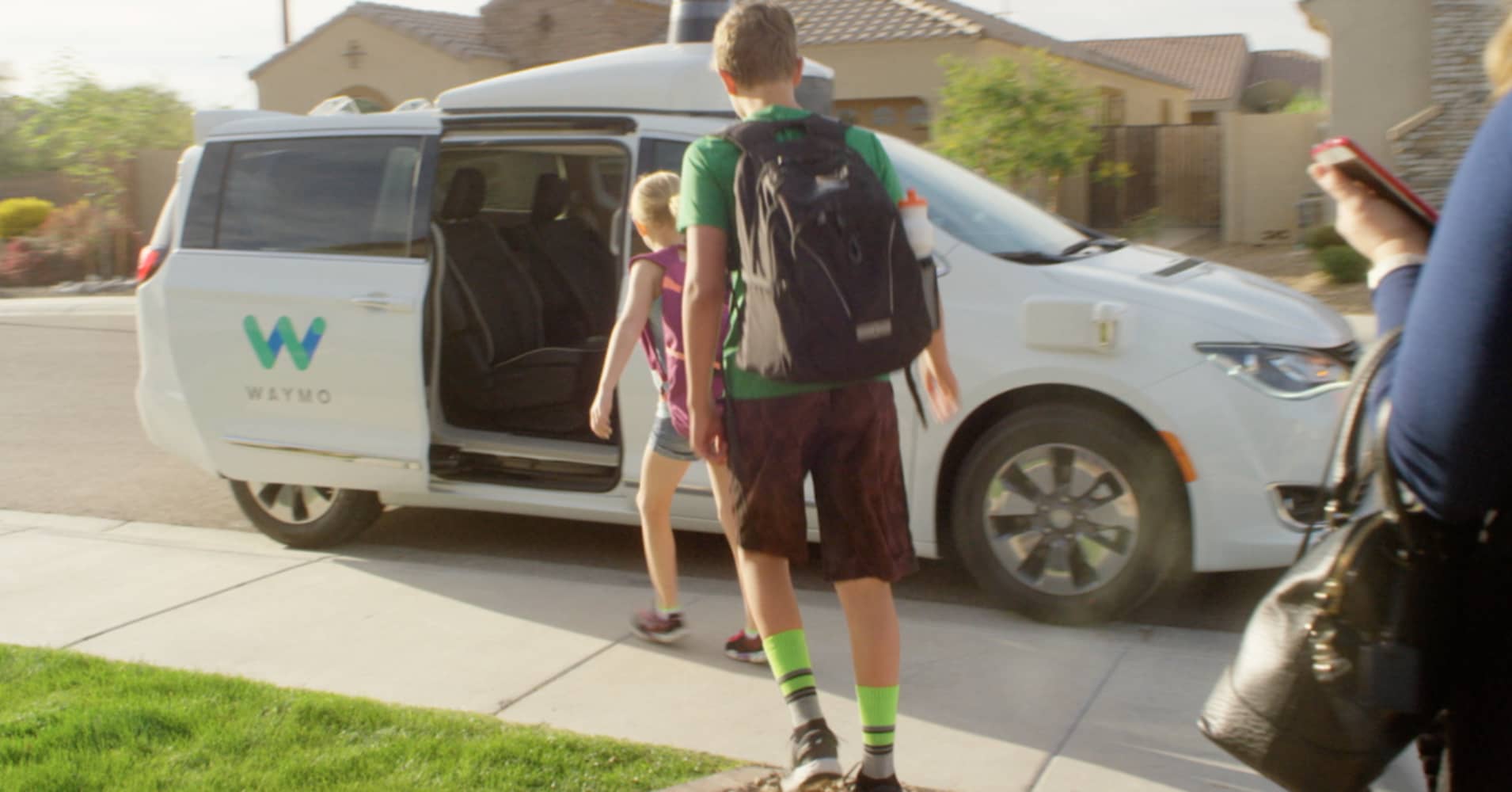
Proponents of autonomous vehicles — including Mark Rosekind, the former National Highway Traffic Safety Administration chief — typically cite several reasons to put the technology on the road. That includes better use of existing highway infrastructure, as well as improved safety. Rosekind contends driverless vehicles could all but eliminate highway deaths.
Considering more than 40,000 Americans die in crashes each year that would seem to be a big plus. But the Power/NAMIC study found that the public seems far more willing to accept frequent crashes with a human at the wheel than even an occasional one involving a driverless vehicle. Fully 56 percent of those surveyed would demand 100 percent safety before they would take a ride, and 60 percent said they’d demand the same level of safety before letting a family member step into a fully autonomous vehicle.
“In other words,” said Lajdziak, they would accept the possibility of “no accidents at all — before they would ride in one.”
The rather pessimistic attitudes that surfaced in the Power/NAMIC study are echoed by several other public surveys over the last year, but not all, and may reflect that “people’s opinions have been swayed” by recent incidents, such as the fatal Uber crash, said Lajdziak.
Meanwhile, there was a bright side to the report. Among those under 35, especially those living in urban areas where ride-sharing services have gained traction, “there’s a general acceptance of new technology,” the Power analyst said.
Proponents, in general, are betting that as more vehicles using semi- and fully autonomous technology, never mind completely driverless products, take to the road, the comfort level will increase and more people will say they’re willing to go for a ride.
One thing that could help is the increasing availability of Advanced Driver Assistance Systems, also known as ADAS. This includes features like blind-spot monitoring and lane-keeping assist. BMW’s new Traffic Jam Assistant allows virtually hands-free operation at low speeds, and Cadillac’s Super Cruise lets a driver take their hands off the wheel on well-marked limited-access highways.
Nissan still requires a driver to keep hands on the wheel — albeit lightly, with the car doing most of the work of steering — with its ProPilot Assist. But it plans to increase the system’s capabilities each year, until it goes fully autonomous early in the coming decade.
In a response to Nader’s letter, Thune wrote that, “Every year for decades, tens of thousands of travelers have lost their lives in crashes on U.S. roads. In 94 percent of these cases, human error is a factor. One day, self-driving vehicle technology should help drastically reduce this tragic loss of life.”
Proponents hope to prove, as more and more of these smart cars take to the road that they can co-exist with human driver, bicyclists and pedestrians, steadily improving safety as well as the flow of traffic on crowded urban environs.
They will have an uphill battle. It’s one thing to sell a skeptical public on the merits of a smartphone, another matter entirely when the new technology could potential put their life at risk.
Be the first to comment